Survival in some of the chilliest parts of the world is a feat that requires remarkable adaptations. From the snow-laden plains of the Arctic to the icy waters of the Antarctic, various animals have evolved unique features that enable them to thrive despite the freezing conditions. Here’s a look at 15 animals that have brilliantly adapted to life in cold climates.
1. Polar Bear (Ursus maritimus)
Polar bears are among the planet’s most iconic symbols of cold climate adaptation. They boast a thick layer of blubber, reaching up to 11 centimeters, which serves as an effective insulator and also aids buoyancy in water. Their dense, water-repellent fur covers black skin, which surprisingly helps with heat absorption. Polar bears’ large and powerful limbs are evolutionary marvels, allowing them to travel vast distances over ice in search of seals. Their paws are specially adapted for swimming, providing them the agility to hunt effectively across oceans of ice.
2. Arctic Fox (Vulpes lagopus)
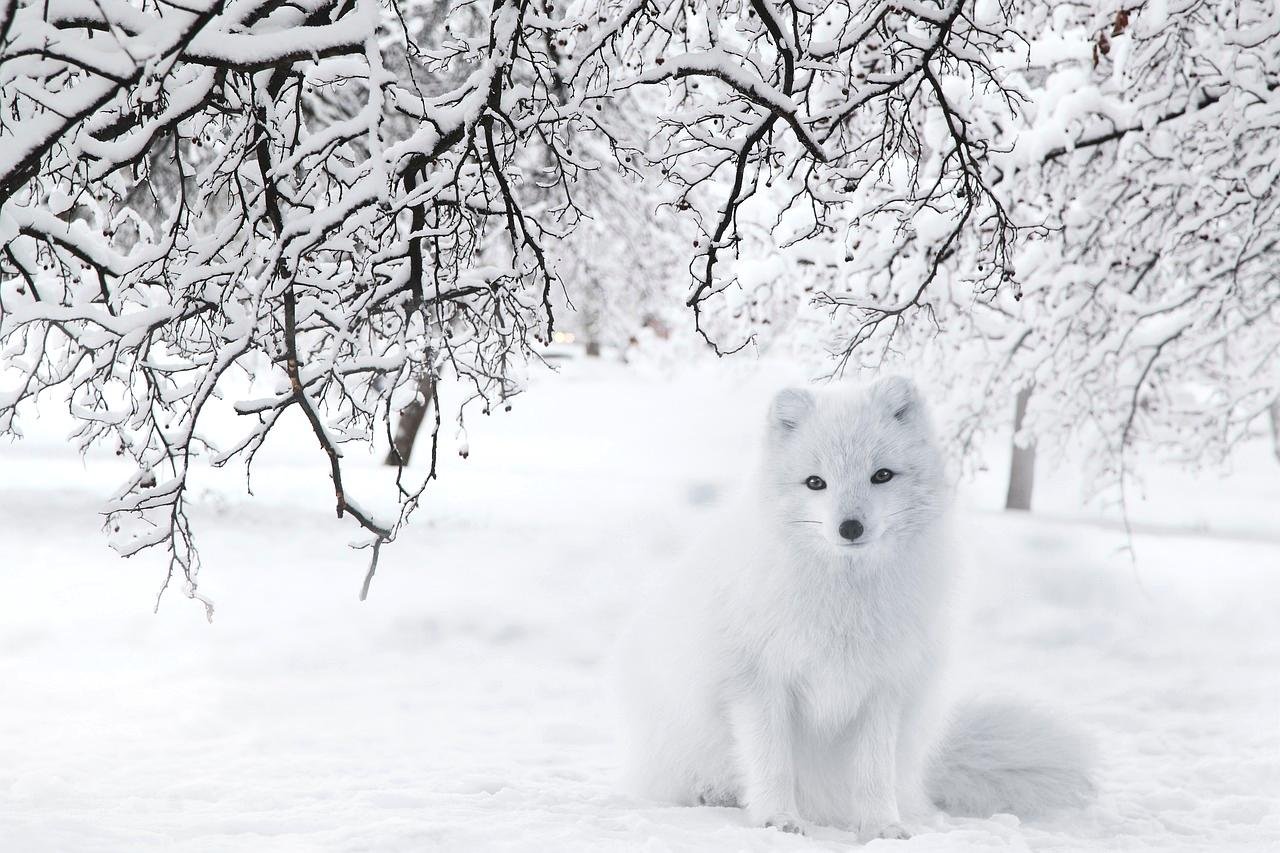
The Arctic fox perfectly exemplifies the art of survival in harsh temperatures. Capable of enduring temperatures as low as -50 degrees Celsius, these small creatures have a compact body that retains heat efficiently. Their short muzzle and ears minimize heat loss, while their coat changes color with the seasons to maximize camouflage. In winter, they are white like the snow; in summer, they adapt hues of brown or gray. This chameleon-like feature not only helps them evade predators but also becomes an asset in hunting prey.
3. Emperor Penguin (Aptenodytes forsteri)
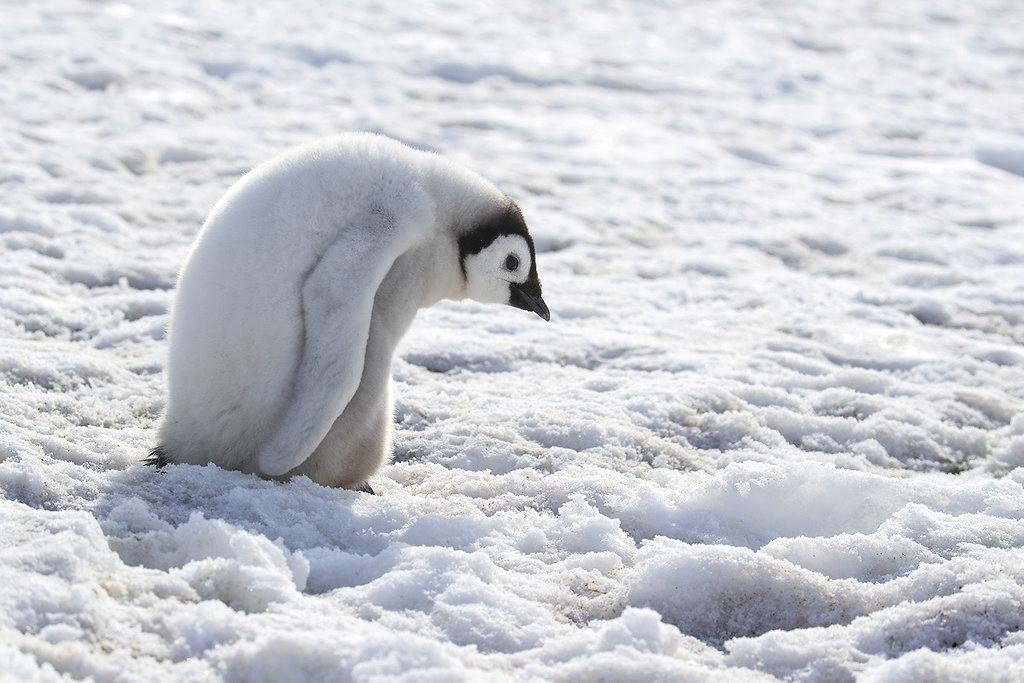
The emperor penguin is an unparalleled example of endurance amidst one of the harshest climates on Earth. Nestled in Antarctica, they have a thick layer of blubber complemented by densely packed feathers, both serving as outstanding insulators. During breeding season, a spectacle unfolds where males endure the winter’s brutality, keeping eggs warm on their feet engulfed by a brood pouch. Without any food for roughly 65 days, these incredible birds huddle in groups for warmth, showcasing a commitment to survival that is both moving and extraordinary.
4. Snow Leopard (Panthera uncia)

In the cold, rugged mountains of Central and South Asia thrives the elusive snow leopard. Its thick fur, equipped with an insulating undercoat, keeps the chill at bay. Their large nasal cavities warm the icy air before it reaches the lungs, a crucial adaptation for the high altitudes they inhabit. Adding to their adaptability are long, robust tails, which not only maintain balance but also wrap around their bodies, providing warmth during their rests, much like a cozy blanket.
5. Musk Ox (Ovibos moschatus)
Musk oxen, inhabitants of the Arctic tundra, are well-known for their remarkable wooly coats. Their outer layer consists of long, coarse hair, while beneath lies qiviut, a soft, incredibly warm under-fleece. This natural thermal layer is one of the warmest fibers known. Their significant body mass and relatively short legs further minimize heat loss by reducing the surface area exposed to the frigid air, making them perfectly built for the cold environment they call home.
6. Arctic Hare (Lepus arcticus)
The Arctic hare is a master of disguise and resilience. Covered in thick fur that insulates against the biting cold, it sports a white coat during winter, blending seamlessly with the snow. This clever camouflage aids in avoiding predators. Their short ears and limbs are evolutionary solutions to reduce heat loss, while a diet high in fat ensures they maintain energy levels necessary for survival during the long, harsh winter months.
7. Walrus (Odobenus rosmarus)
The walrus, with its distinctive tusks and facial whiskers, dominates the cold Arctic seas. Its body is wrapped in a significant layer of blubber, up to 15 centimeters thick, providing essential insulation. This blubber, combined with their unique wrinkled and thickened skin, offers both warmth and protection as they navigate the icy waters. Their tusks are not just for show – they help walruses climb onto ice platforms and play a crucial role in social interactions.
8. Reindeer (Rangifer tarandus)
Reindeer, or caribou as known in North America, are finely tuned for cold climates. Covered in a double-layered coat that consists of underfur and hollow guard hairs, they trap air to provide excellent insulation. Their large, broad hooves are like built-in snowshoes, distributing their weight to prevent sinking and aiding in digging through snow to forage for food, showcasing an adaptability that is not just intriguing but essential for survival.
9. Weddell Seal (Leptonychotes weddellii)

Weddell seals are true survivors of the icy waters surrounding Antarctica. They exhibit a thick blubber layer that wards off the frigid temperatures. Unique among seals, they can remain submerged beneath ice for up to 80 minutes, a trait that allows them to hunt effectively in such an environment. Their specialized teeth are adept at creating and maintaining breathing holes in the ice, an invaluable ability for survival in the harsh, frozen seascape.
10. Snowy Owl (Bubo scandiacus)
The majestic snowy owl, adorned in white plumage, is an inhabitant of the Arctic tundra. Dense feathers envelop their entire body, including legs and toes, effectively minimizing heat loss. Their conspicuous white color provides superb camouflage against the snow, aiding in both hunting and stealthily avoiding predators. With remarkable eyesight and acute hearing, snowy owls are well-equipped for hunting even in low-light conditions, displaying a grace and proficiency that is truly breathtaking.
11. Antarctic Krill (Euphausia superba)
Antarctic krill, though small and often overlooked, are a linchpin of the Southern Ocean ecosystem. They produce antifreeze proteins within their bodies, a cutting-edge adaptation to ward off the formation of ice crystals, allowing them to thrive in icy waters. These crustaceans have the ability to shrink and rely on stored energy when food is scarce, showcasing a resilient survival mechanism during the long, harsh Antarctic winters.
12. Yak (Bos grunniens)
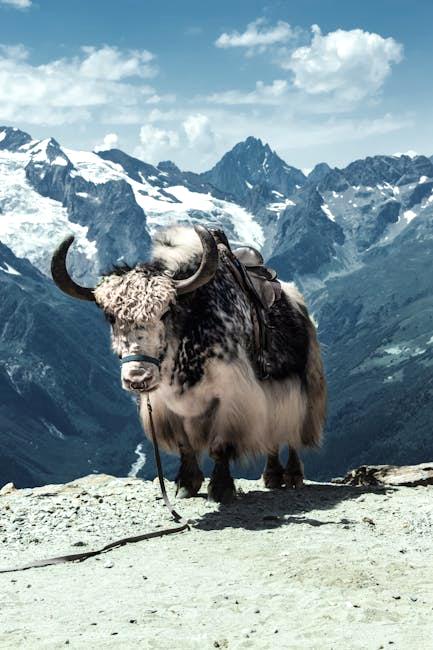
Yaks, residents of the high Himalayan regions, are built for survival in cold and high-altitude environments. Their dense undercoats, layered with long shaggy hair, provide incredible warmth and protection against the elements. Natural adaptations, such as large lungs and a high red blood cell count, enable effective oxygen utilization, necessary for surviving thin mountain air, illustrating their incredible evolution towards enduring cold climates.
13. Harp Seal (Pagophilus groenlandicus)
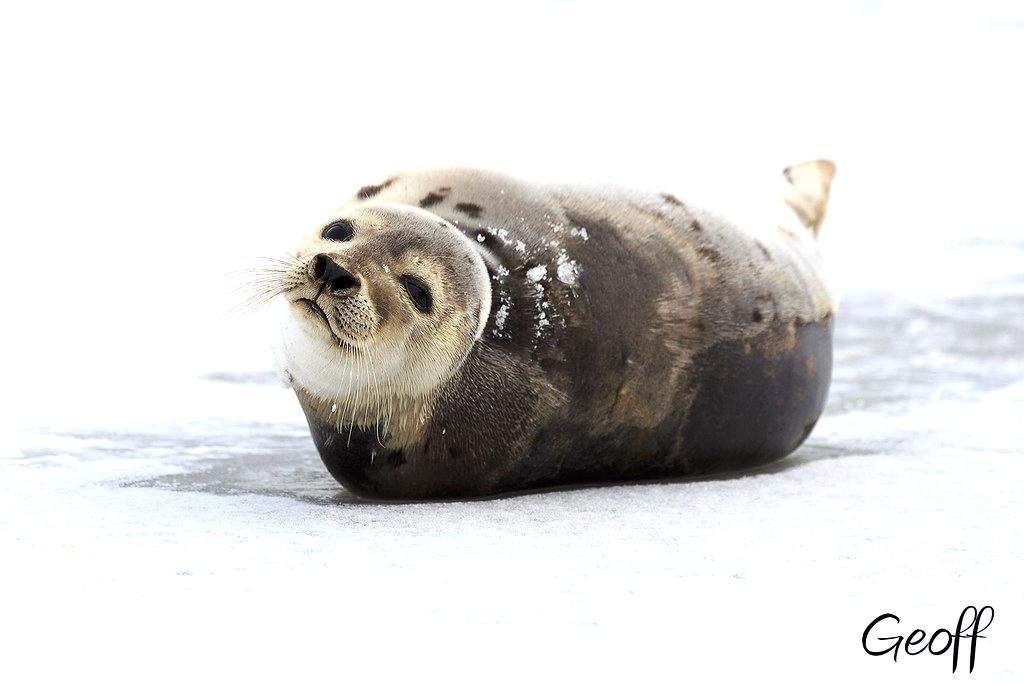
The harp seal embraces life in the frigid North Atlantic and Arctic Oceans. At birth, pups are adorned with a white lanugo coat that insulates them against the cold. As they mature, a thick layer of blubber develops, providing not only warmth but also buoyancy and energy storage. Their streamlined limbs allow for efficient swimming, a trait that is as much about survival as it is about thriving in the ocean depths of their icy habitats.
14. Siberian Tiger (Panthera tigris altaica)

The Siberian tiger, or Amur tiger, is an embodiment of power and adaptation in the cold forests of the Russian Far East. Sporting a thick, pale coat, they are effectively insulated against the cold while also camouflaged. A fat layer lines their flanks and belly, providing added warmth. These adaptations are not just for luxuriating in the snow, but crucial in navigating and conquering their chilly forest terrains in pursuit of prey.
15. Arctic Ground Squirrel (Urocitellus parryii)
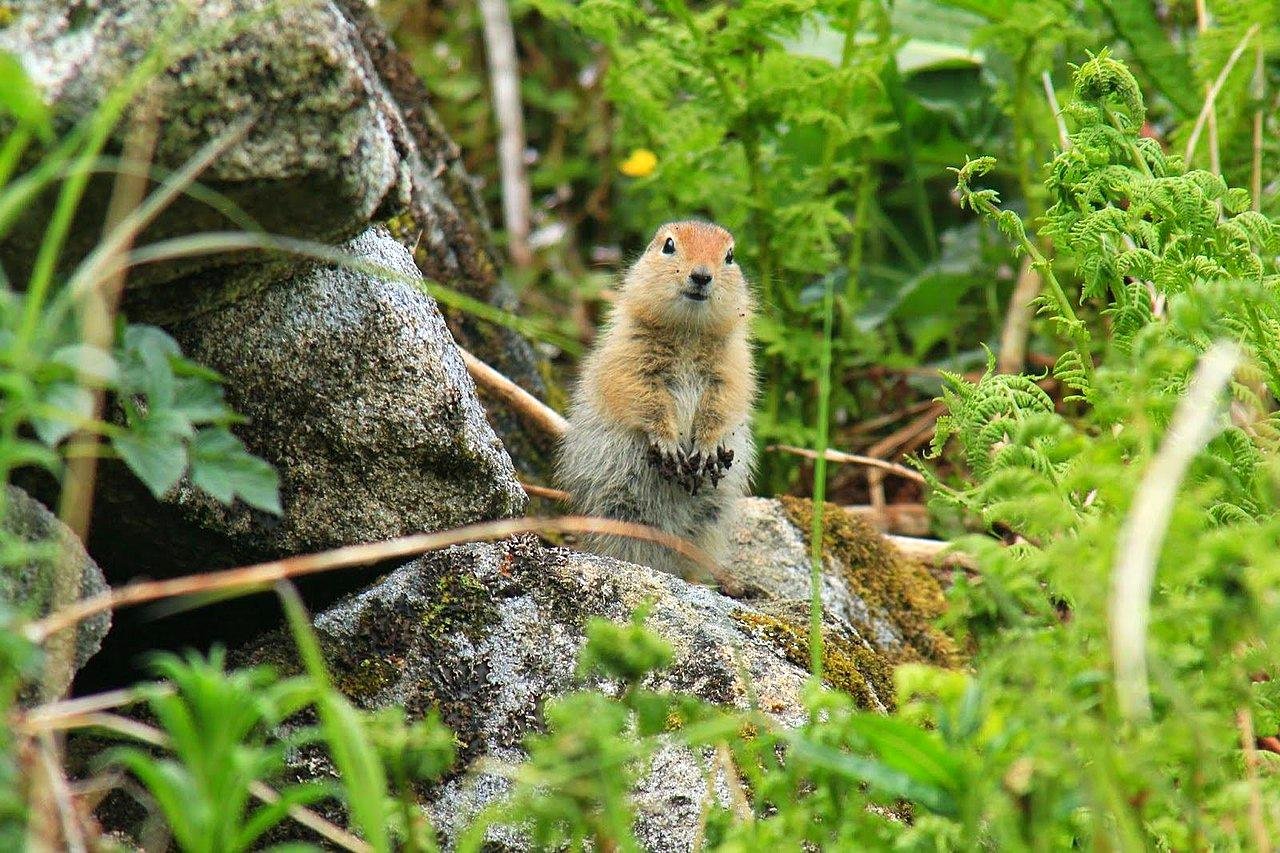
Remarkable in its approach to dealing with cold, the Arctic ground squirrel holds the fascinating ability to supercool. This means it can let its body temperature drop well below the freezing point during hibernation, without suffering ill effects. Uniquely, its body can reach temperatures as low as -2.9°C, while its heart rate drastically slows down. By eliminating ice-nucleating agents from their body, these squirrels avoid ice crystal formation, allowing survival through the harsh Arctic winters. This unique adaptation is being studied for potential medical applications, showcasing an intriguing link between nature and science.
